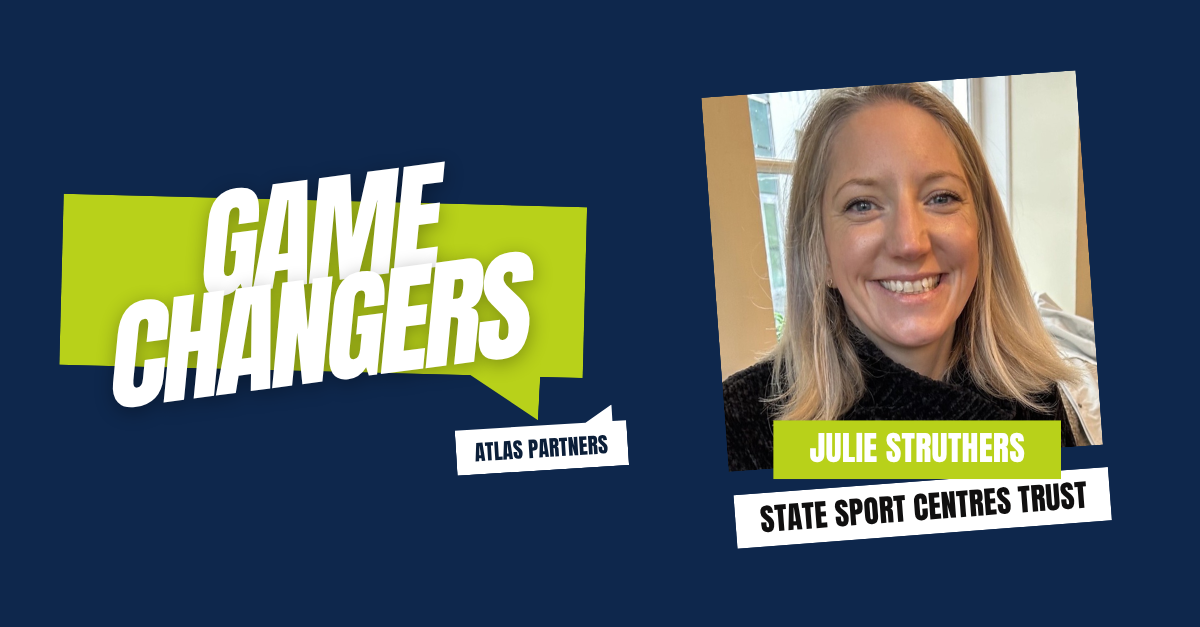Authored by Jake Densley, Atlas Partners
How Microsoft made culture everyone’s business, including finance
What CFOs and CPOs can learn from Microsoft’s transformation about measuring and driving the ROI of culture.
When Satya Nadella became CEO of Microsoft in 2014, he didn’t just change the company’s product strategy, he changed the culture. And critically, he ensured Finance and HR worked together to lead that shift.
Microsoft’s evolution from a “know-it-all” to a “learn-it-all” culture has become a widely cited case study in successful transformation. But less often discussed is how CFO Amy Hood and the Finance team played a central role in operationalising cultural change, embedding it into financial frameworks, performance metrics, and strategic investment decisions.
Culture as a Strategic Lever, Not a Side Project
Nadella made it clear from the start: culture wasn’t just HR’s responsibility, it was everyone’s job, especially those in leadership positions who shaped how decisions were made, resources were allocated, and success was measured.
CFO Amy Hood partnered closely with Microsoft’s People Analytics and HR teams to turn culture into a measurable and reportable driver of business performance. Finance was no longer a function focused solely on cost and compliance, it became an enabler of innovation, talent, and long-term value creation.
Finance and People Collaboration in Practice
Here’s how Microsoft brought this partnership to life.
1. Integrating Culture Metrics into Business Reporting
The HR and Finance teams worked together to track and link:
- Employee engagement, learning, and inclusion
- Leadership effectiveness
- Internal mobility and manager impact
These were correlated with key financial metrics including:
- Revenue per employee
- Productivity per team
- Innovation adoption (e.g., Azure and AI rollout)
- Customer satisfaction and retention
- Voluntary attrition and associated cost
Dashboards brought these metrics together, providing executive leadership and the board with a real-time view of how cultural initiatives affected performance.
2. Rewarding the Right Behaviours
Microsoft adjusted performance frameworks to reward not only what employees delivered, but how they behaved in the process. Finance supported the development of incentive models that included:
- Collaboration and team effectiveness
- Growth mindset and continuous learning
- Leadership capability and inclusion behaviours
Executives were held accountable not just for outcomes, but for building high-performing, inclusive teams that could sustain innovation and growth.
3. Funding Culture as a Strategic Investment
Rather than viewing people initiatives as a cost, Microsoft treated them as capital investments in capability and resilience. HR led the design of programs such as manager development, learning platforms, and DE&I initiatives. Finance supported these investments by:
- Building ROI models
- Tracking performance outcomes
- Creating board-ready business cases
For example, improvements in manager capability were linked to higher engagement, reduced attrition, and stronger team output—clear indicators of value creation.
The Results
The impact of this collaboration was profound:
- Microsoft’s market capitalisation grew from approximately $300 billion in 2014 to over $2.5 trillion by 2024
- Employee engagement, inclusion, and leadership scores rose year after year
- Azure, AI, and enterprise software businesses expanded rapidly, driven by empowered and aligned teams
- Investors recognised the culture shift as a source of competitive advantage, not just internal alignment
Culture was no longer anecdotal—it was auditable. And Finance helped make it so.
Lessons for CFOs and CPOs
Microsoft’s story shows that culture can be measured, funded, and led—when Finance and HR work together.
For CFOs, the invitation is to see culture not as a cost, but as a controllable variable that drives growth, productivity, and risk management.
For CPOs, the challenge is to bring rigour, data, and commercial storytelling to the table—making it easier for Finance to advocate for people-centric investments.
Together, CFOs and CPOs can turn values into value.
*Insights in this article are drawn from public reporting, including Microsoft’s leadership blogs, interviews with CFO Amy Hood, investor relations materials, and executive case studies.
About Jake Densley
Jake Densley is a Director at Atlas Partners, a specialist recruitment firm based in Melbourne. He holds an MBA from Melbourne Business School and, in 2022, conducted research into executive career strategy at London Business School. This article combines academic insight with lessons learned from thousands of interviews across a decade in executive recruitment.





